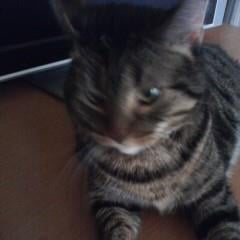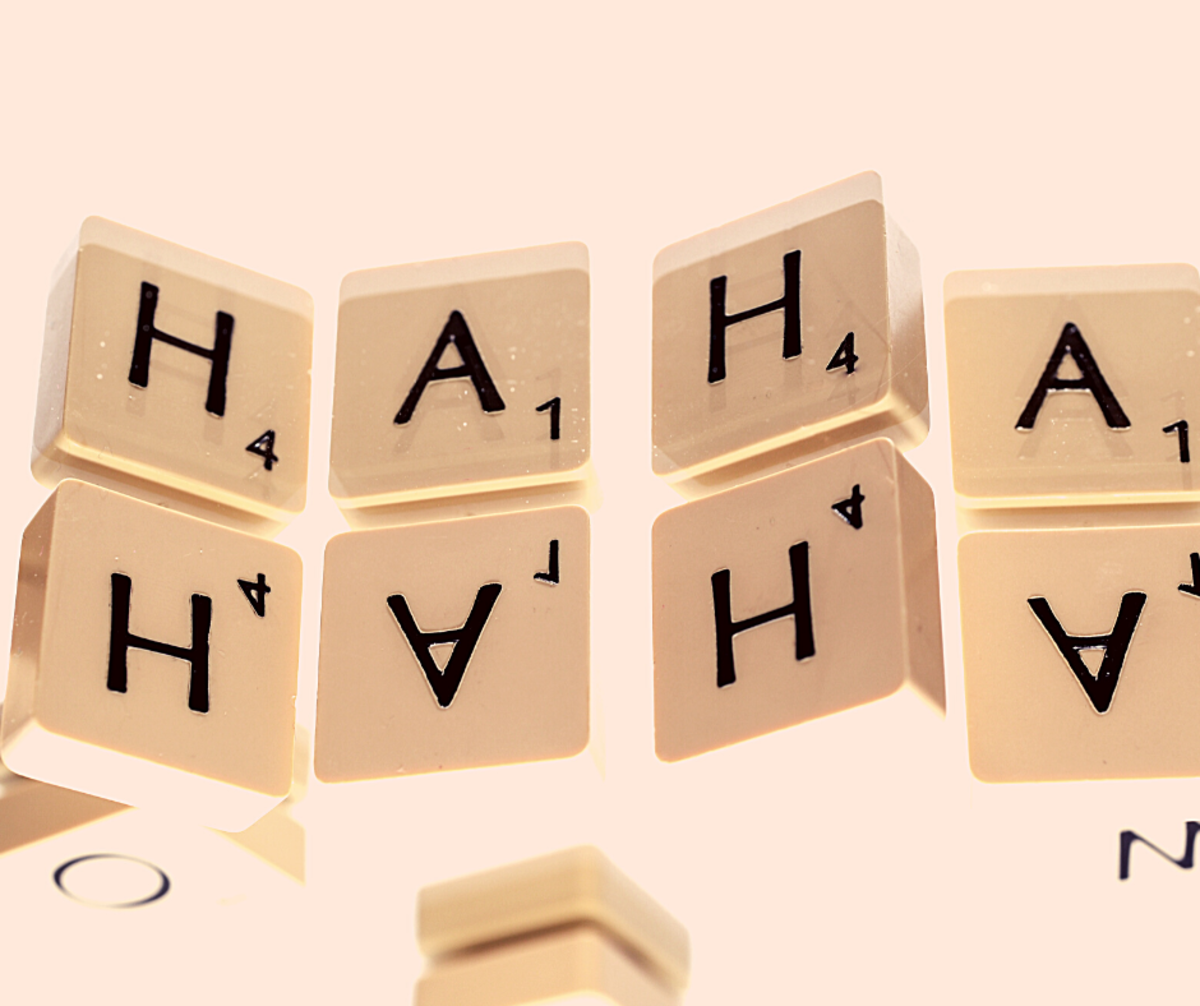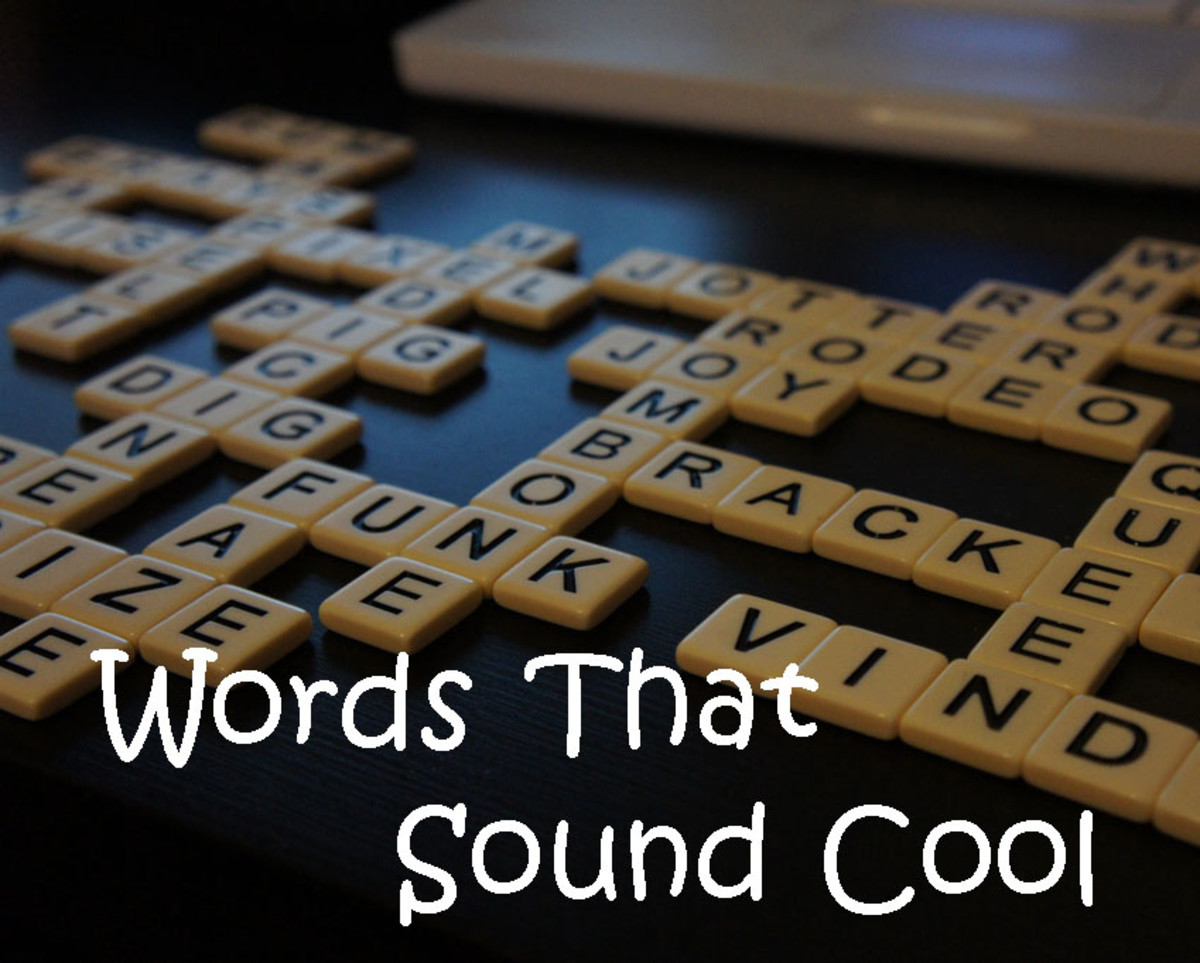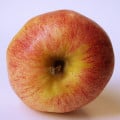Mistakes With Words that Look and Sound the Same But Have Different Meanings
Words Sound the Same Different Meanings
American English has a lot of words that sound the same, but have completely different meanings. A lot of people make mistakes spelling the words, because they sound the same, but have completely different meanings. Here are some examples of the words that look the same, but have different meanings: there, they're, their, to, too, two, your, you're, its, it's, dyeing, dying, foul, fowl, idle, idol, and who's, whose, just to name a few. There are a lot of other words, as well.
The word There is used as an adjective of place. For example: A cat is over there in the neighbor's yard. There is also used to start a sentence, for example: There is my cat looking out of the window. They're is a contraction of they are, and is spelled differently from there and their, but is mostly confused with the word their. Examples: They're always playing video games on the computer. The word their is a possessive pronoun. An example of their could be: They took their cat to the vet to get vaccinated. They're and their can be and are mistaken for each other, which is a common mistake that many people do all the time.
My Two Cats.


To, Too, and Two
To, too, and two are the most common words that are used wrong by lots of people. The word Two is much harder to make mistakes with, because of the 'w' in the word, and because two is a number that can be remembered easily. To is used before a verb and forms part of the definitive and examples include: to eat, to drink, to live, and to die for. To indicates direction in this sentence: I need to go to the store to get some milk. The word 'too' has two 'o's which is an adjective meaning extra or more than. An example of the word 'too' used in a sentence could be: He drinks too much soda pop. Another example could be: The dress is too small for her. Too is an adjective that can mean also, as well as too much, for example: I thought the ride in the car was too long, too. The word 'two' is a number, and should not be mistaken for to or too. An example of two could be: I have two adult cats that like to eat canned cat food.
To Too and Two-Confusing Words
The Words Your and You're and Its and It's
Your and you're are two common words that are easy to mistake for each other. "Your" means belonging to you and "You're" means you are. An example of 'your' is: Your hair looks nice. If you said: You're hair looks nice, it would be incorrect. You're is a contraction for you are and then the sentence would say: You are hair looks nice, which would not make any sense. An example of you're could be: You're a nice person who cares about others. Another way of saying it would be: You are a nice person who cares about others.
Its and it's are two words that can be confused for each other. Its means belonging to it. It's means it is or it has. An example for its could be: The dog is still licking its wounds. Examples of 'it's' could be: It's raining cats and dogs! Without the contraction it would be: It is raining cats and dogs!, or It's been raining cats and dogs all day today!, or It has been raining cats and dogs all day today! Dyeing and dying are two words that sound the same, but have completely different meanings. Dyeing refers to coloring something like clothes or hair to change the color. Dying refers to dying for something like a cup of coffee, or dying from a disease that is not curable. Examples: I am dyeing my hair black, and I am dying for a cup of coffee.
Homonyms and Homophones
Homonyms are similar to homophones except that in words that are homonyms the words are spelt the same and sound the same, but have different meanings. For instance: bark, tire, stalk and many others. A tree has bark on its trunk, and dogs bark. A person can tire out easily working many hours, and a tire on a car may need to be fixed if there is anything wrong with it. A cat stalks its prey, and a corn plant has a stalk.There are many words that are homonyms and many words that are homophones.
Homonyms and Confusing Words
Words...
Ain' Ain't a Word and More...
Ain't is not a word, but is used mistakenly for are not, am not, and other words. There has been a lot of people in the past who would say, "Ain't isn't a word!", after someone used the word when speaking in a group of children playing together. Foul and fowl are two words that sound the same, but have two completely different meaning: foul refers to a bad odor, and fowl refers to birds of feather.
Who's and Whose, also sound the same. Who's is the contracition for who is, and whose is the posessive form of who is. An example of who's could be, "Who's that girl?" Without the contraction it would be, "Who is that girl?" An example of whose could be, "Whose cell phone is that on the table?" Possessive pronouns do not have apostrophes in them, such as the word 'whose', but possessive nouns do, such as who's.
Ok, Frankenstein, and Other Words
People who study language and where words origninate from agree in general that ok began as a humorous misspeliing of "all correct" and "oll korrect." Its most common form is written in American English now. "Okay" is another form of 'Ok', and "Okay" is not incorrect.
Many people mistake the name "Frankenstein" to be the name of the monster that was created by the scientist, Dr. Frankenstein. The monster has no name, and the name Frankenstein is the scientist's name. The monster is popularly known as Frankenstein's Monster. Another mistake that people sometimes make is that A.D. stands for after death, but A.D. stands for a latin phrase: "anno dominii', which means "In the year of the lord."-the year that Jesus was born. B.C. stands for "before Christ." The abbreviations AM and PM are easy to confuse. AM is before noon and PM is afternoon. Sometimes there can be misspelled "thier", and an easy way to remember is that 'there' refers to a place and it has here inside of it.
Words sure can be confusing, and it sure is easy to make mistakes when there are so many words that sound the same, but have completely different meanings.








